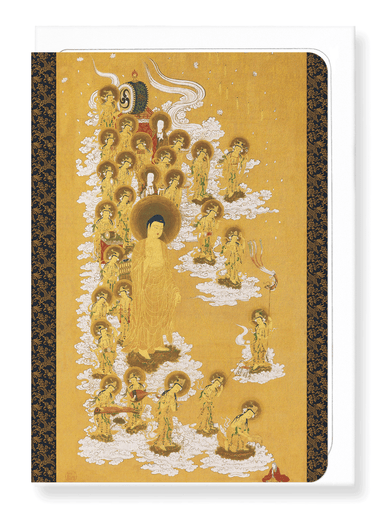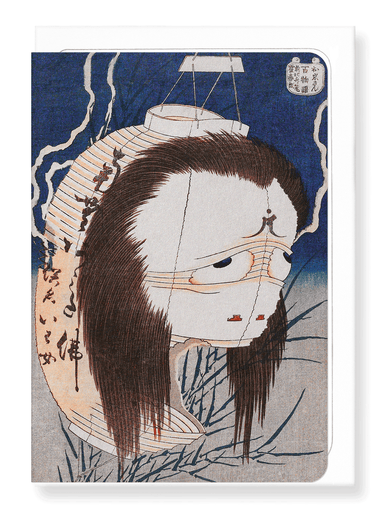Greeting card

PEONIES (1900S)
Text on the reverse side:The peony ranks as one of the most popular flowers in the world. Referred as the king of flowers in China, it is a flower ...
View full details



































